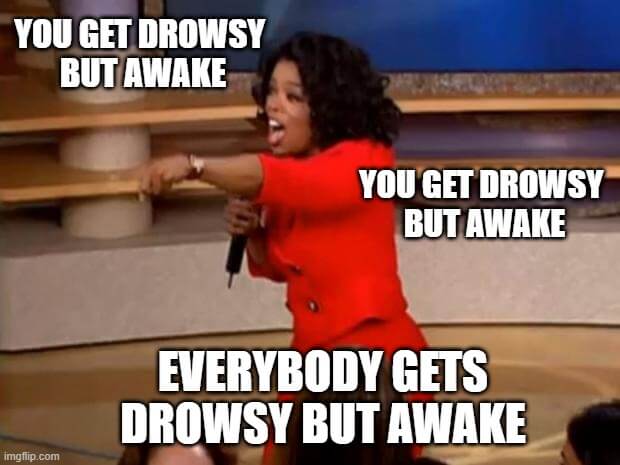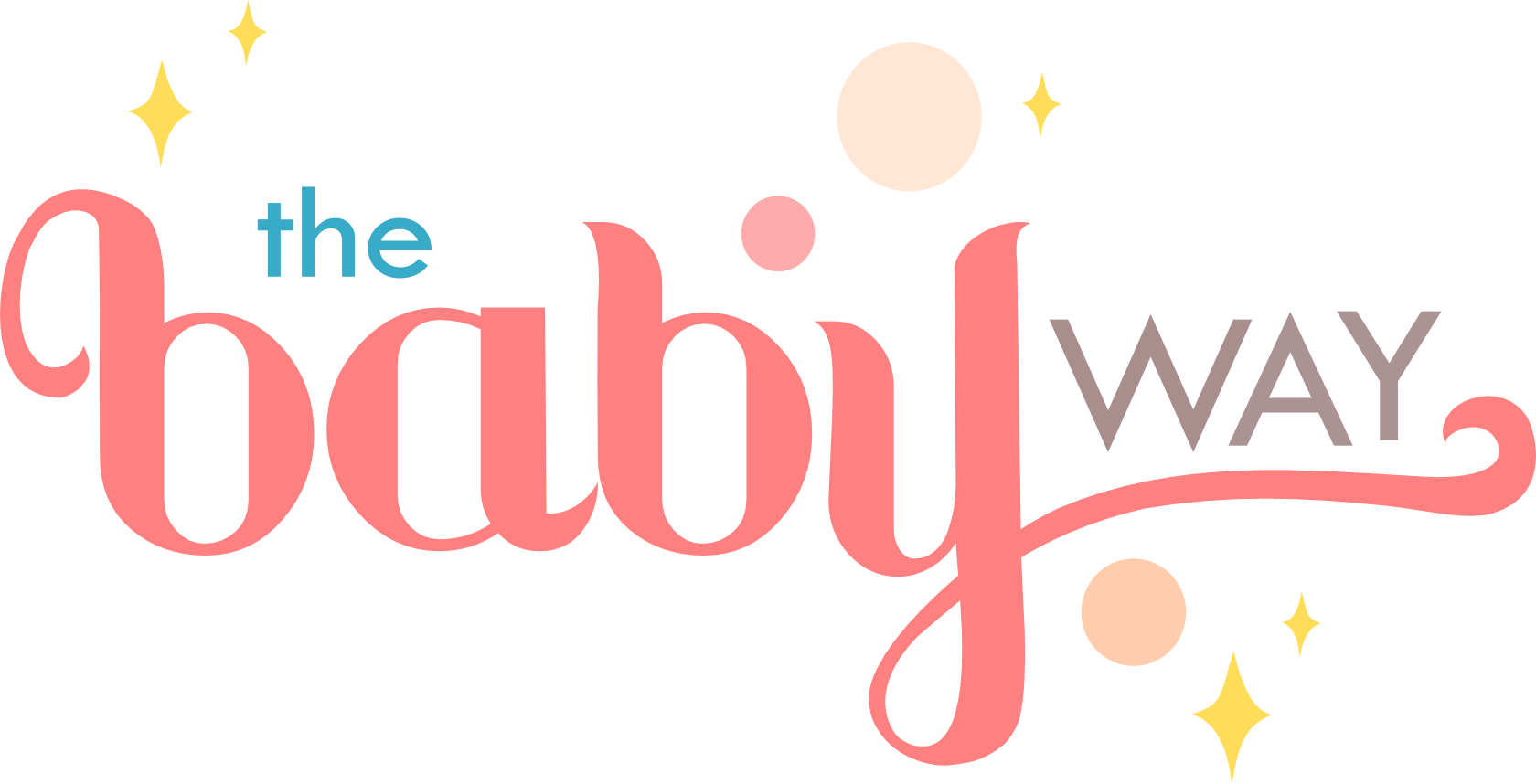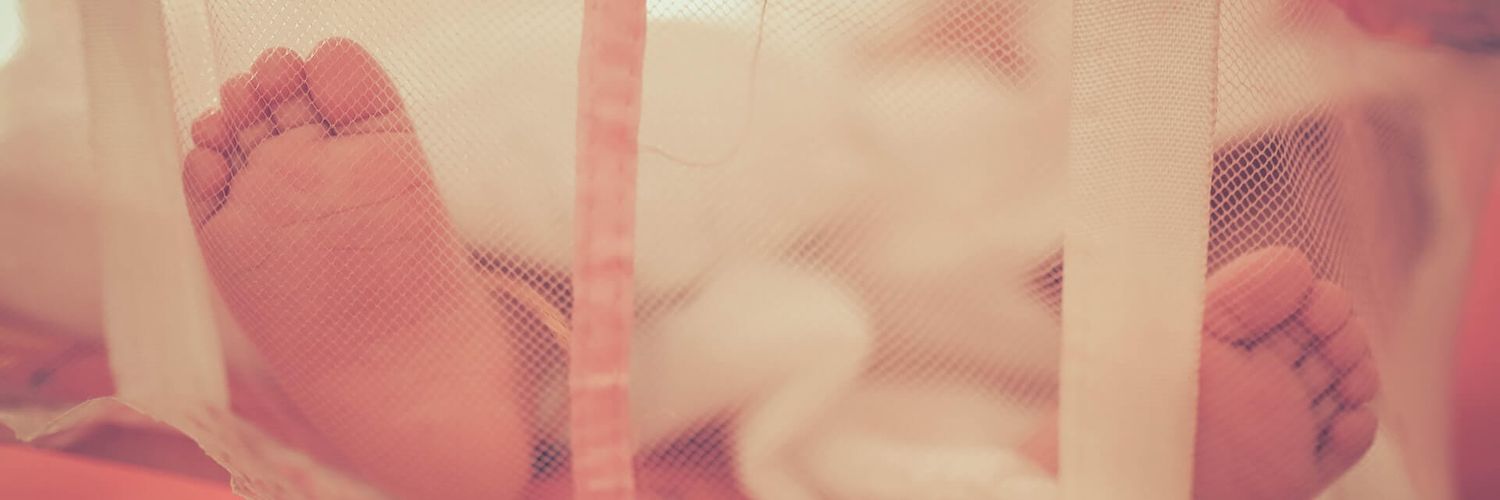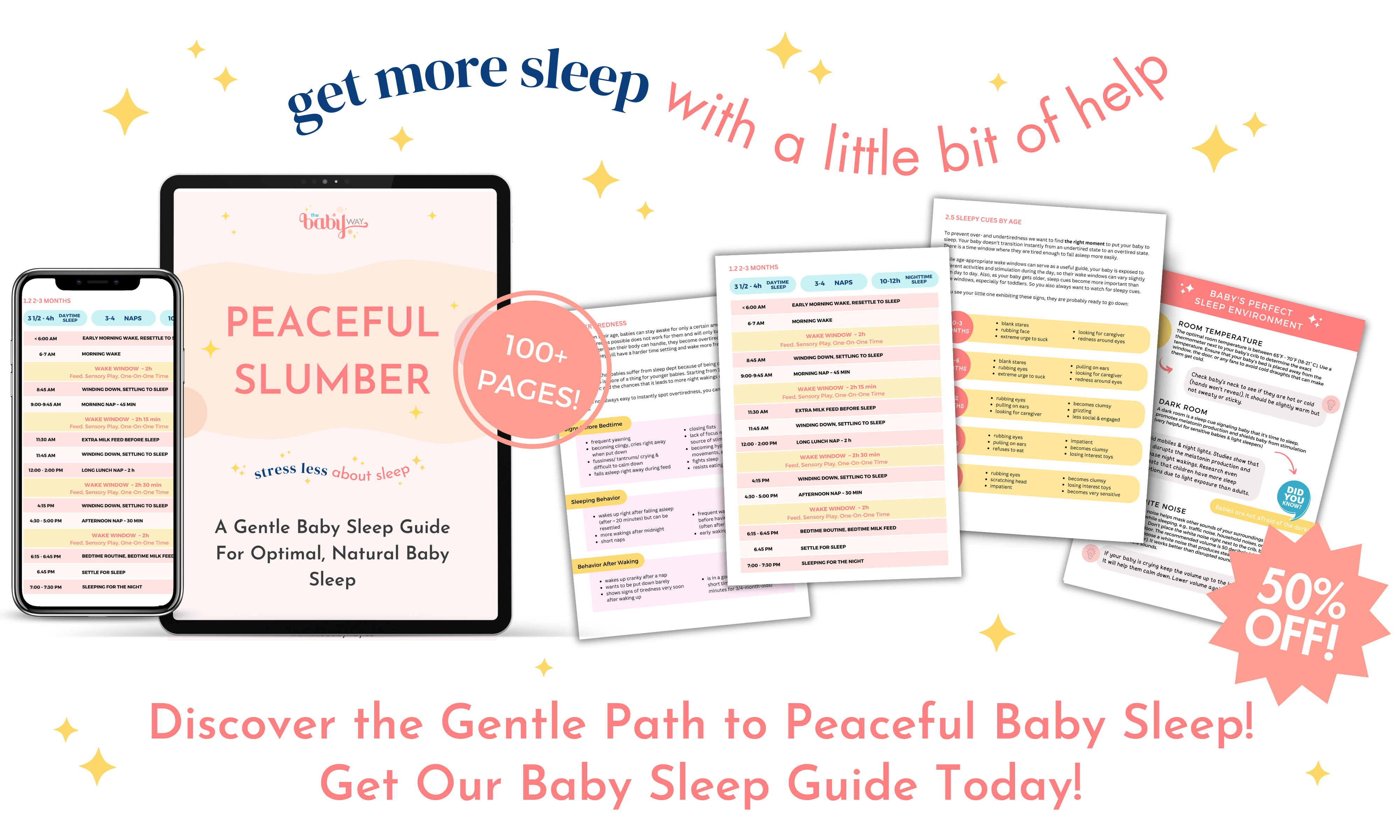So many parents are told to put their baby down drowsy but awake. But how do you do it? Does it really work and help baby to sleep better? And what to do when it doesn't? Here are your answers.
When I had my first baby, I remember how frantically I was trying to do this right.
Drowsy but awake.
I put her down 50% tired.
Didn't work.
I put her down 70% tired.
Didn't work.
I put her down 90% tired.
She cried. How dare I put her down now?!
I put her down 99% tired.
Yessss...oh, she is already sleeping.
Hmmm...so what now?
The next time I tried again, my baby would just look at me with utter disappointment. Like, what are you trying to do here?
That's when I called it quits. I resumed my usual way of getting her to sleep, and that was rocking her until she was completely out.
Drowsy but awake sounds so easy, but in real life, it seems to be challenging to master.
So in this article, we want to unfold the truth about putting your baby down at that right moment, if it really works and if you have to do it to get your baby to sleep.
This article covers:
What Is Drowsy But Awake?
But what does it even mean????
Well, drowsy but awake means that you are putting your baby down in their crib while they are still awake but tired and ready for sleep.
Why Are So Many Sleep Consultants Advertising It?
This advice is on top of the list when it comes to baby sleep experts. Whatever sleep problem you google, you will read:
"Put your baby down in the crib, drowsy but awake."
It seems as if "drowsy but awake" has become this free ultimate advice that gets thrown out there at parents during any possibility, even if they don't ask for it.

But why is it such a popular sleep training method?
The idea is that your baby learns that they are falling asleep in the crib. And when they do so, they will nap longer and sleep better at night. The thought is when they wake up during a nap or at night, they find themselves in the same sleep space they fell asleep in, and they have an easier time falling back to sleep.
Put your baby down drowsy but awake said every sleep consultant everywhere.
So overall, it is supposed to promote independent sleep and wean your baby from any sleep association or sleep prop.
Why Drowsy But Awake Doesn't Always Work
If you are trying to make 'drowsy but awake' work but weren't successful, you might have noticed that you are not alone.
Actually, many parents are struggling to put their baby down like this. Many will tell you that it is simply impossible and doesn't work.
Drowsy but awake means your baby is tired but not too tired, sleepy but not too sleepy, awake but not awake so they want to play but awake so they want to sleep.
Drowsy But Awake Is Subjective
If you have browsed through some sleep sites, you may have noticed that drowsy but awake means something else for every sleep consultant.
Some will say that baby should be really sleepy, almost asleep. Some will say that baby should be totally awake and not fall asleep within 5 minutes because it means they were too sleepy.
So as you can see, there is no one definition of what drowsy but awake should look like.
Finding The Right Timing Is Really Tricky
Well, timing is key when it comes to infant sleep, right?
The right wake time between naps.
The right length of the bedtime routine.
Reading sleep cues at the right time.
It's damn hard to figure out time with babies. They are unpredictable. Why?
Even if you have the best sleep schedule in the world and a good bedtime routine, even if you think you know your baby's tired signs, even if it worked today, it doesn't mean it will work tomorrow, or it will ever work again.
Your little one is not a machine. They won't be tired at the same time every day. They don't have to be ready to nap after they pulled their ears twice, yawned once, and looked away for 10 seconds.
My baby pulled her ears twice, yawned once, and looked away for exactly 10 seconds. I guess she is ready to nap right now!
Wake windows, nap schedules, and tired signs are wonderful and helpful tools, but babies are individuals, and every day is different. Drowsy but awake might work one time, but the next day it doesn't because you have not hit that right moment. It's hard.
Baby's Temperament
So timing is one thing. Another thing is that it hugely depends on your baby's temperament. I don't know why this is discussed so rarely when it comes to baby sleep but your baby's temperament is a big part of the puzzle.
Ever noticed how some babies sleep in their crib and some don't? How some babies take long naps in the car while others scream their lungs out? How some babies love the prim and others literally despise it?
It's because of temperament.
So yes, drowsy but awake might work for some babies, but for others, it never will. If you have a baby that is very easygoing, you might succeed after a few tries. But if you have a highly sensitive baby, it might never work. They will need a different approach that fits their sensitive temperament.
Baby's Age
Your baby's age might be another reason why drowsy but awake doesn't work.
Newborns, for example, want to be held all the time. They thrive on contact naps. Putting them in the crib and waiting for them just to fall asleep may sound dreamy but also kind of unrealistic. Another thing about newborn sleep is that such young babies have such short wake windows, how exactly are you going to nail the drowsy state? They will fall asleep just like that whenever you feed them.
If your baby is younger than 12 weeks, this method can work if you regularly try it and your baby is very very drowsy, almost asleep. Sleep pressure is very high in such young babies because they still nap a lot during the day.
After three months, it already becomes tricky. Your baby is much more aware of their surroundings and starts to get interested in exploring the world. They also might experience their first sleep regression, and their sleep pattern completely changes, making day and night sleep a real struggle.
If you have a baby older than a year or a toddler, this might work again. In that case, you might need to put your baby or toddler into the crib wide awake. Falling asleep will take longer because now your baby is into the stand-up-and-lay-down-again thing.
Does It Really Help With Sleep?
There are no two babies alike in this world. That said, drowsy but awake may improve sleep for some babies and for some not.
I would not entirely rely on this method to improve your baby's sleep. There is much more to baby sleep than this.
Whether you want to achieve longer naps or longer stretches at night, there can be many reasons your baby wakes or has short naps.
So even if drowsy but awake is often advertised as the ultimate sleep solution, I don't recommend obsessing about it.
My baby girl, for example, was the best catnapper. Starting from 10 days old, she wouldn't nap longer than 20 minutes. But I was able to extend those naps even though I rocked her to sleep and put her in the bassinet asleep.
There are many ways you can achieve success in your baby's sleep. Not only drowsy but awake.
You can introduce healthy sleep habits, like a loose schedule and a bedtime routine. You can set up the ideal sleep space for your baby.
Instead, I would first try to identify the possible reasons behind your baby's wakings and target those.
By the way, if you want to find out how I extended my baby's short naps, check out the article below, which explains the Wake-to-Sleep method.
A Final Thought
I know nighttime sleep is rare, and sleep deprivation is real. But trying to force something that deep down you know does not work for your baby will only increase your anxiety and can take a toll on your mental health.
I also want you to think about this: even those parents who report that this method did work for them, they often mention that it also involved some sort of crying.
Most babies, unicorn babies excluded, don't accept being just put down just like that. They want to be close to their caregiver.
You can still try the pick-up, put-down method, but it requires a lot of patience.
But if you are at a stage where you just cannot figure this method out, then don't fixate on it. There are a ton of great sleep coaching methods to achieve better sleep.








